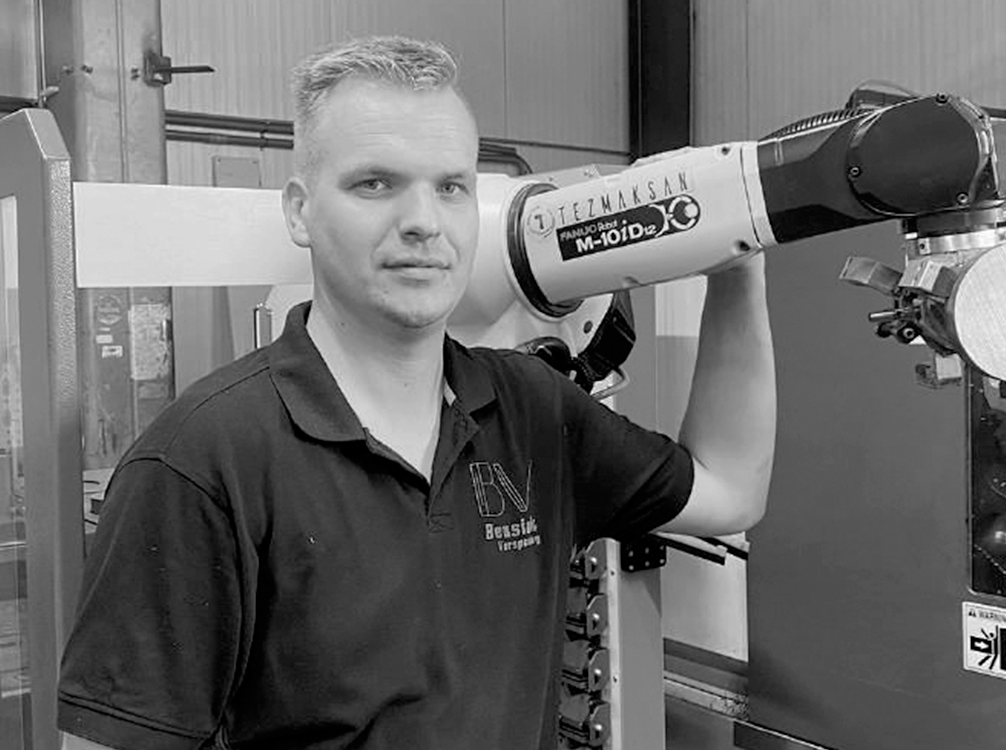WHY IS CLIMATE COVERAGE CHANGING IN THE WIDER MEDIA?
Climate coverage floods the news but is often described as breathless and failing to broadcast the entire picture. This article explains how companies can contribute to the conversation without further tiring an already fatigued audience.
When someone enters a marathon, it’s normally not to win or run the fastest, but just to take part and say, ‘I’ve run a marathon’. Everyone gets a medal at the end. Similarly, businesses don’t need to try and be the face of climate change media coverage to participate meaningfully.
But they can contribute positively to the conversation, while still avoiding the dreaded news fatigue, so often associated with climate coverage, by changing the way they generate news, alongside the changes they apply to improve sustainability.
In a recent survey, the Reuters Institute found that journalists, despite 63 percent rating their news coverage as good, admit that engaging an audience with negative, often-depressing news stories surrounding the future of the planet can be difficult.
“Articles about climate coverage are quite doom laden in the media and now it appears that journalists are trying to reset the balance,” said Charlie Rapple co-founder of science communication specialist Kudos. “We need to adjust how stories are conveyed to the media in order to bridge the gap and encourage journalists to report the stories.”
As a result, many outlets are implementing new strategies to try to improve climate coverage whilst also making it more digestible, engaging readers further.
AWARENESS
It has been recognised that climate coverage is often discussed as a discrete subject, as opposed to addressing the wider picture. Many outlets have embarked on training programmes to increase awareness across the newsroom to ensure the relevant aspects of the crisis are covered. Similarly, awareness within a business is crucial in understanding your own environmental impact and amending your own narrative.
As a technical marketing manager, attempting to generate media coverage written by high level journalists operating in this new way, one must consider the way that you create your stories.
Patryk Strzałkowski, head of the Green Desk at Gazeta.pl said that “to get around polarised energy debates, try taking a different approach to stories”. Although this was said in the context of reporting and journalism, if you are trying to get your stories covered by journalists, then you must also take the same approach.
If journalists are changing the way they report on the climate, then as a PR person, you must also change the way you generate coverage in the same manner.
For example, Xerini, an AI and data management consultancy, creates interfaces allowing businesses to measure and report on environmental information such as the carbon emissions they generate, and resources used during a project.
As a PR practitioner this presents the opportunity to generate a wealth of stories. For instance, one could gather anonymised data from a series of case studies, providing the end users have agreed, and create stories about the typical carbon emissions and carbon equivalents in financial services projects.
Similarly, that data could be interpreted chronologically, allowing you to create stories showing the difference between average projects in one year and the next. It could also be analysed geographically, showing the difference in emissions in different countries or regions.
ACCOUNTABILITY
One third of news executives, according to the Reuters Institute, are working to reduce the carbon footprint of their own reporting and production. Through implementing their own sustainability and carbon footprint goals, news outlets are ensuring that they are not just reporting the tragedies of the climate crisis but are also ensuring accountability in the office and making changes to encourage sustainable journalism.
In parallel, global engineering technology company, Renishaw, has committed to net zero by 2050 at the latest. This not only keeps the company accountable for its engineering processes but also encourages this practice to be taken up throughout the industry.
Each of the steps Renishaw has taken to achieve this could become a news story in its own right; a vignette illustrating the company’s growth. For instance, if Renishaw were to appoint a green energy manager to add to its existing Sustainability team at its Gloucestershire HQ, we could deliver a story about the trends in industry towards new job titles to reflect the importance of climate change.
Another example might be its introduction of solar energy car ports, wind and hydro generation at its facilities, providing both a case study and data that a journalist could use to illustrate the potential savings a committed manufacturer could make.
The bottom-line is that climate coverage is changing, and businesses can take advantage of the data their own practice generates to engage with the discussion. There is no need to try and win the marathon, taking part is the right thing to do for the environment and enough to provide journalists with the kinds of stories their changing newsrooms demand.

MASTODON STRIDES INTO THE DIGITAL AGE
Prev read-moreTURKISH ROBOTICS AUTOMATION EQUIPMENT MANUFACTURER APPOINTS TECHNICAL PR AGENCY
Next read-more



